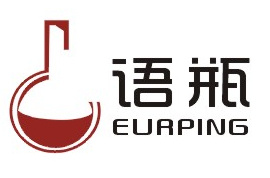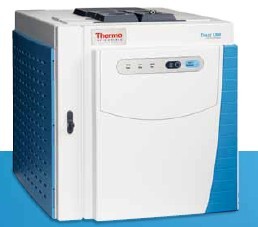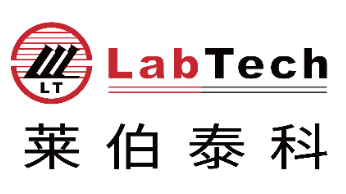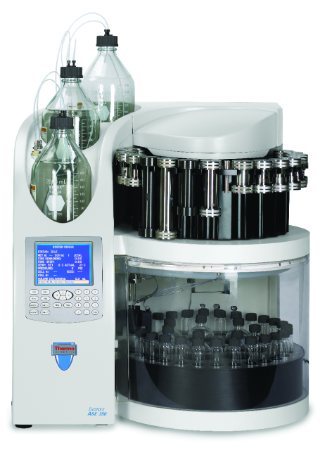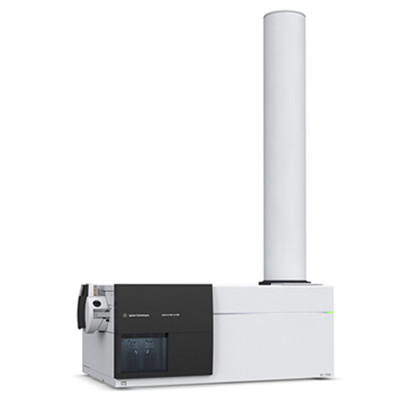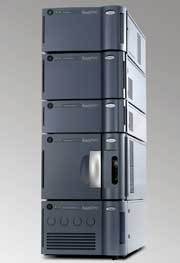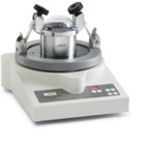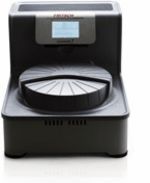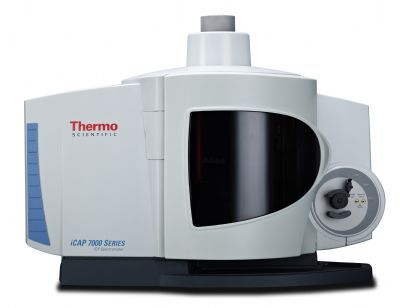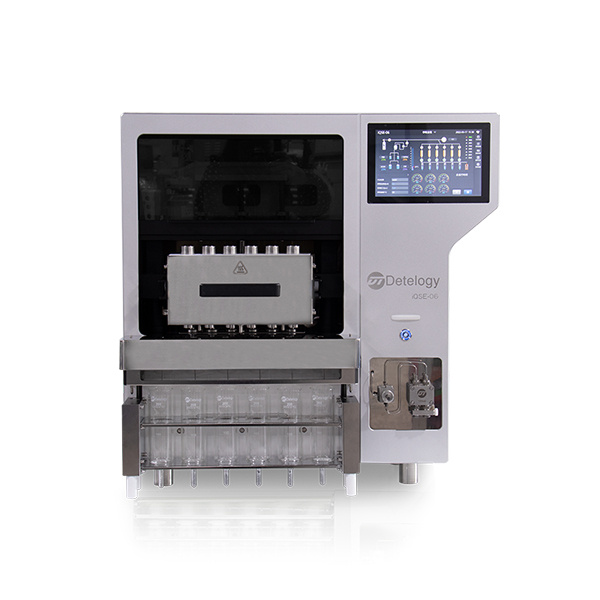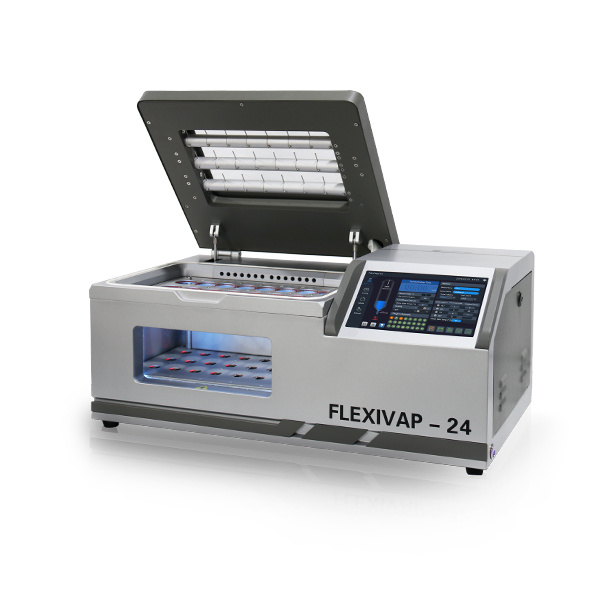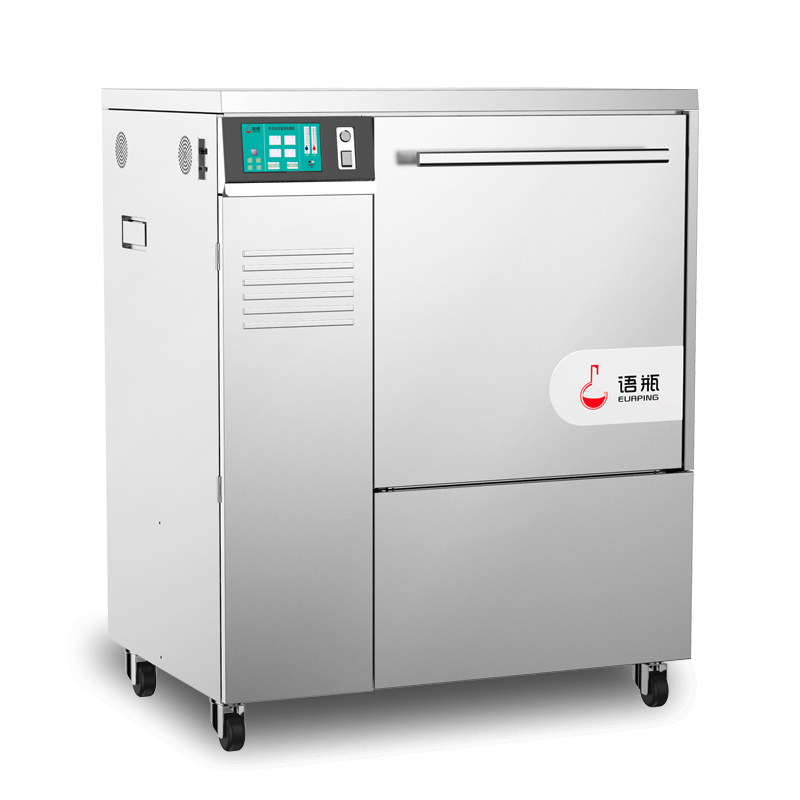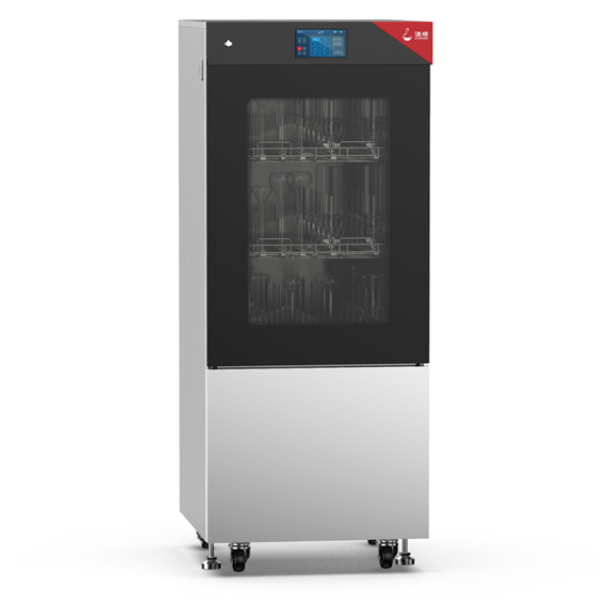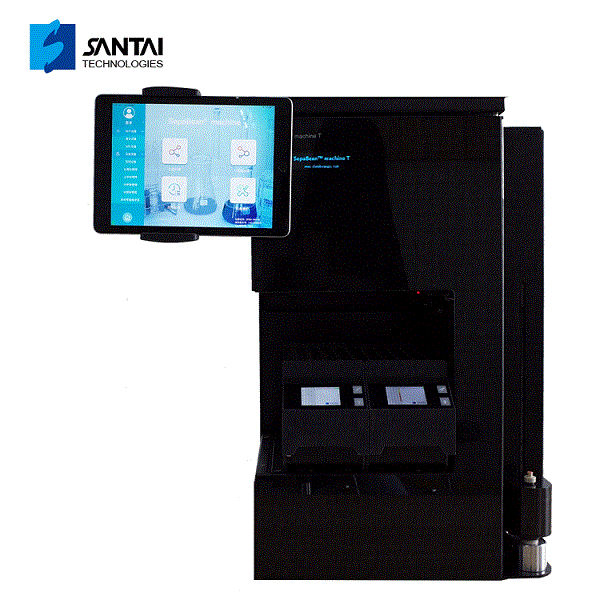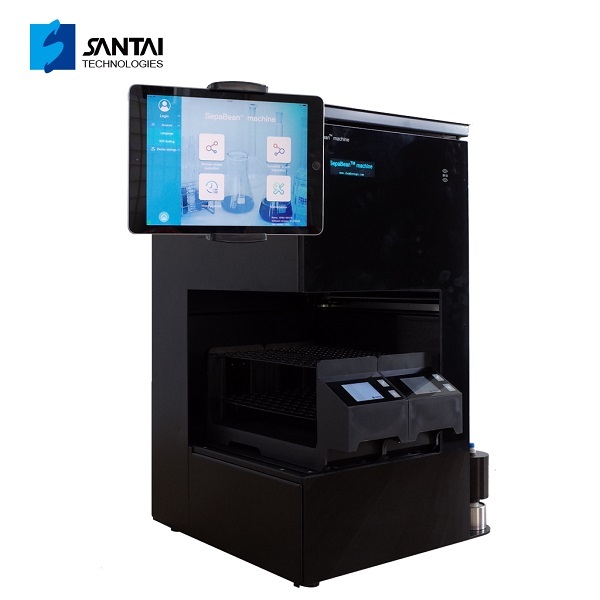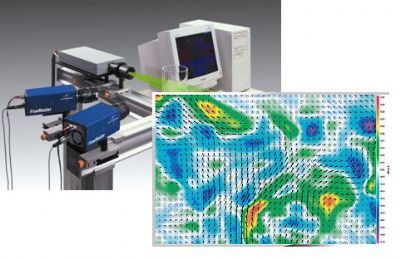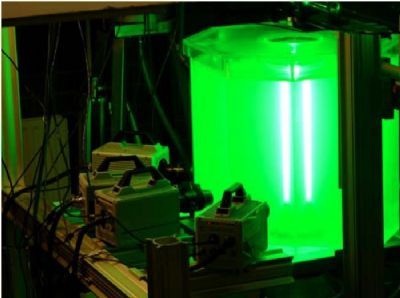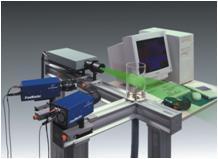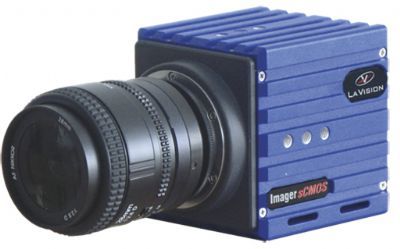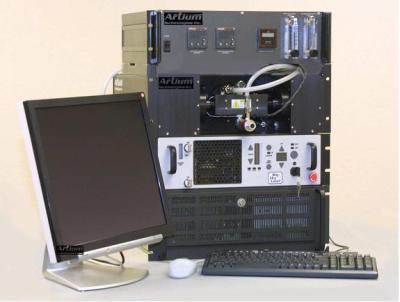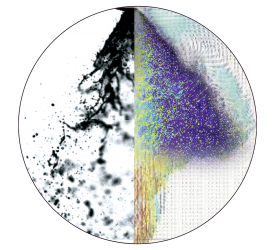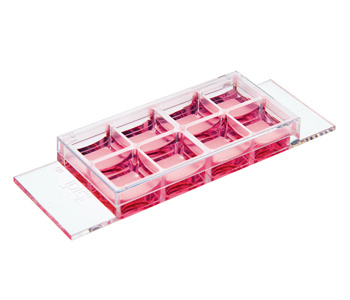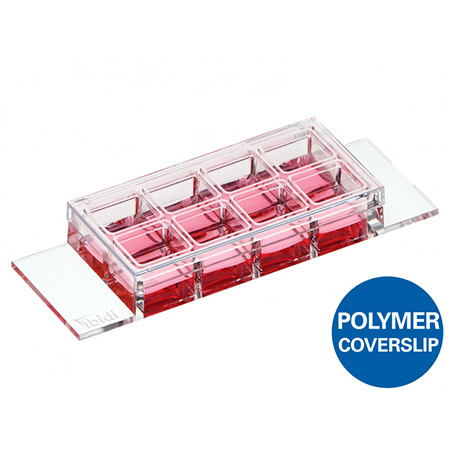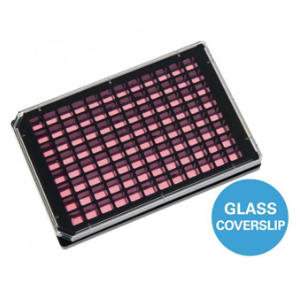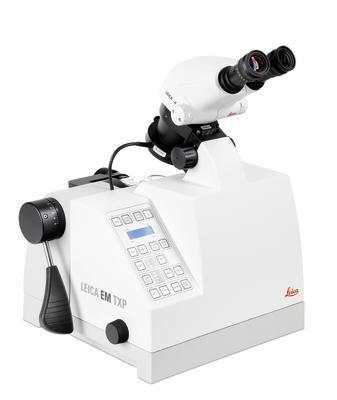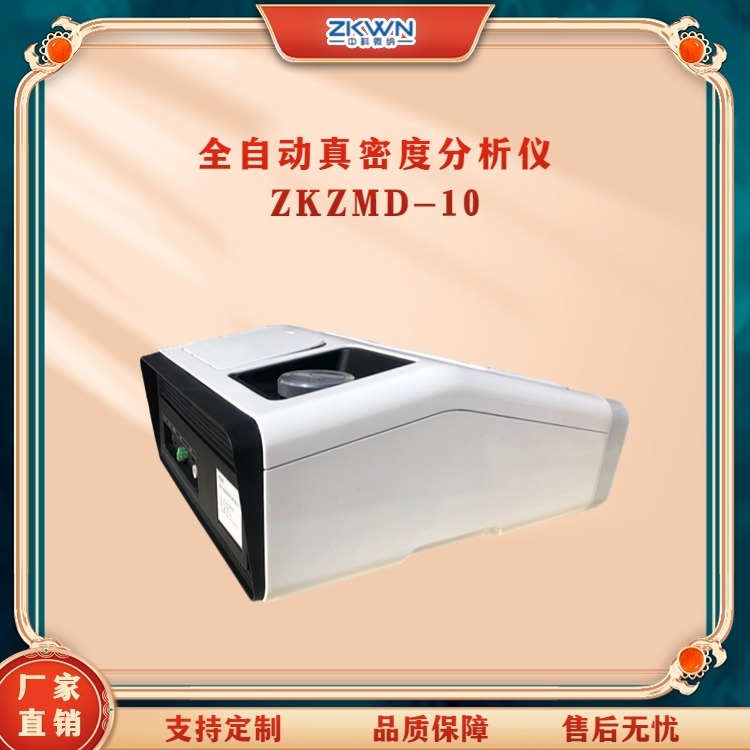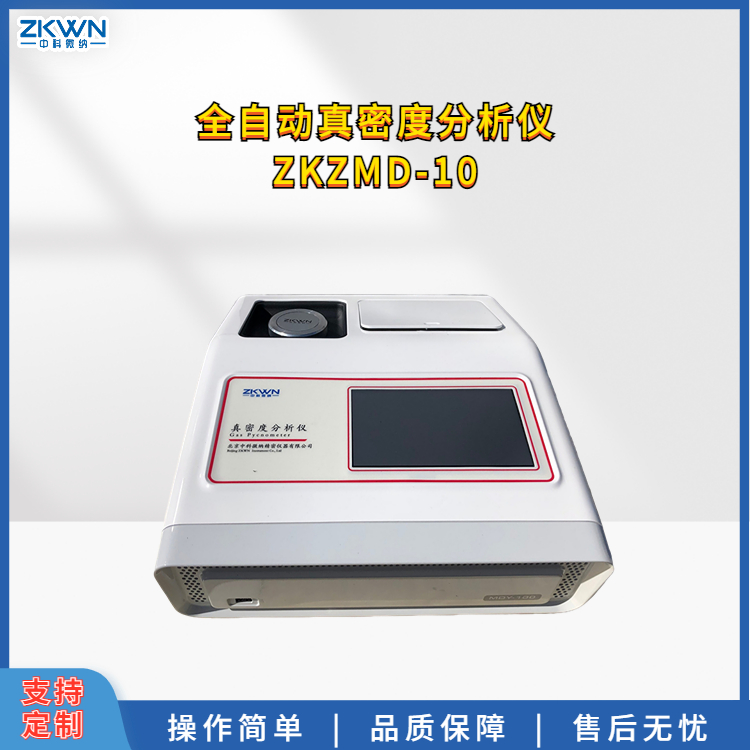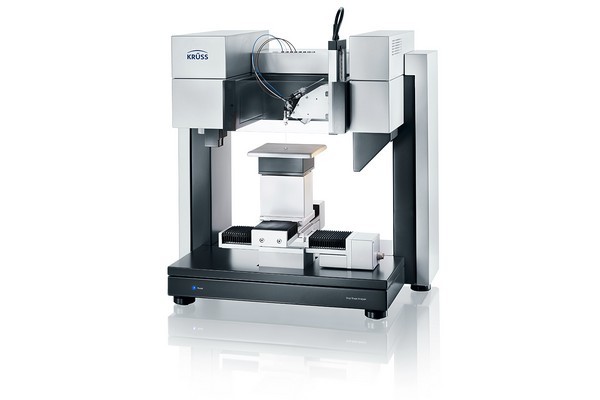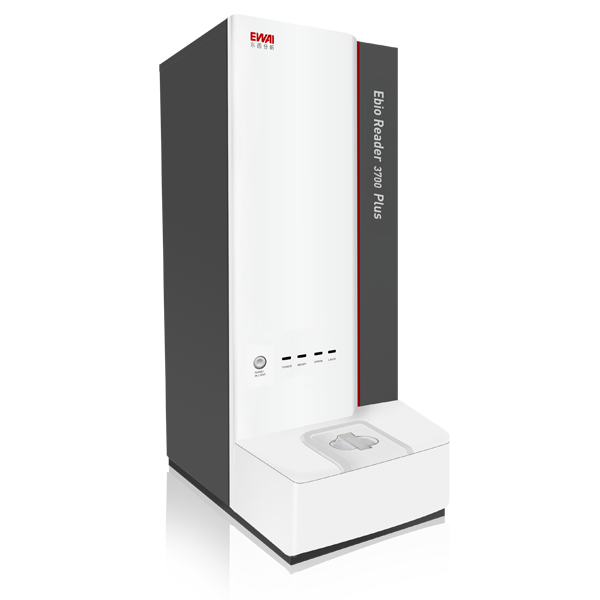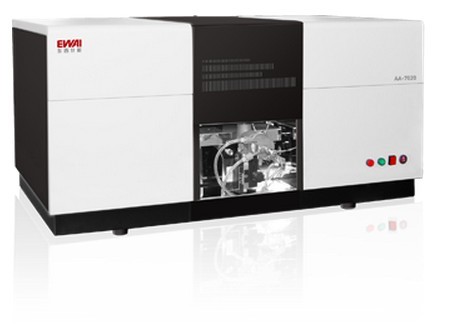TurboFlow 技术中性能研究检测方案(气相色谱仪)
Thermo Scientific TurboFlow technology is an automated online sample preparation technique for complex matrices for the mass spectrometer. It enables users to inject complex matrices such as food, plasma, urine and other biological matrices directly into the mass spectrometer – without prior sample pretreatment.
检测样品:
其他
检测项:
性能研究
赛默飞色谱与质谱
查看联系电话
前往展位
玉米油、甲氧基 DDT、 二萘嵌苯混合样品中甲氧基DDT检测方案(GPC)
凝胶渗析色谱作为一种样品的净化手段,在国外已经普遍使用,最近几年
在国内也得到了普遍关注,尤其是在食品处理、生化分离、农业和环境样品如土
壤、污泥以及有害废水等方面。随着分析技术的发展,GPC 在我国农药残留前
处理分离、净化方面的应用越来越普遍,尤其是在富含脂肪色素等大分子的样品
分离净化方面,具有明显的净化效果。本实验依据美国国家环保局的标准方法[1]
采用凝胶色谱分离系统,成功的分离出了甲氧基DDT,其分离度大大超过EPA
方法要求。
——————————————
[1] 美国国家环保局,METHOD 3640A
检测样品:
其他
检测项:
甲氧基DDT
北京莱伯泰科仪器股份有限公司
查看联系电话
前往展位
天然产物、丁苯橡胶 、聚氯乙烯等样品中残留农药的分析检测方案(快速溶剂萃取)
传统样品前处理工作流程由萃取、净化和浓缩组成,均采取手工样品转移。针对每批样品的处理,索氏萃取、凝胶渗透色谱和氮吹等技术的样品前处理工作流程总时间超过 60 小时。
1995 年 Dionex ASE 200 的上市明显缩短了萃取时间。最
近,我们推出了配在线净化和 Thermo ScientificTM RocketTM
蒸发器的 Dionex ASE 系统,以满足整个样品前处理工作
流程的要求并将每批样品的总处理时间缩短至 6 小时。
Dionex ASE 系统与在线净化和 Rocket 蒸发器相结合的方法为分析实验室提供了全面的样品前处理解决方案。这两种技术的结合省去了人工净化步骤和人工样品传输,使样品前处理结果的准确度和重现性更高。
检测样品:
其他
检测项:
残留农药的分析
赛默飞色谱与质谱
查看联系电话
前往展位
多种食品,环境等样品中农药残留分析、PM2.5分析检测方案(气质联用仪)
农药残留分析食品安全的重要组成部分。欧盟的法规,规定水稻中的最大残留限量(MRLs)有 450 以上的农药残留。多农残检测就显得十分重要。将多种农药的分析组合在一个单一的分析方法中。多残留的分析方法越来越普遍应用。随着样品前处理技术的发展,如 QuEChERS 以及选择性分离和质谱技术如 GC-MS/MS 技术的结合。气相色谱的三重四极杆质谱技术最近的发展已不仅集中在硬件上,用于驱动设备和软件处理复杂数据的能力绝对关键。这项工作涉及的高灵敏度的需要,选择性和高通量,针对大型的多残留方法使用一个新的 GC-MS/MS 系统,更快的碰撞池技术,独特的智能软件工具的使用。
检测样品:
其他
检测项:
农药残留分析、PM2.5分析
赛默飞色谱与质谱
查看联系电话
前往展位
脂质组数据中液质联用系统采集检测方案(液质联用仪)
The measurement of lipids in a biological
matrix to
study
their responses to
diseases, drugs, genetic modifications,
and other stimuli requires a Q
-
TOF
system with outstanding resolution,
mass accuracy, and sensitivity.
In this application, the 6545 Q
-
TOF
and 1290 Infinity LC system are used
to analyze an induced sputum lipid extract
from a
donor
with chronic obstructive
pulmonary disease (COPD). T
he 6545
Q
-
TOF is tuned by novel Swarm Autotune
for optimal performance in the m/z range
of the lipids, and data acquired in both
positive and negative ionization modes
with reference mass correction
检测样品:
其他
检测项:
液质联用系统采集
安捷伦科技(中国)有限公司
查看联系电话
前往展位
赛默飞iCAP 7000 Series 测定高纯氧化钆中镱和镥
高纯氧化钆在现代制造业得到重要的应用,它是特殊发光材料和磁泡记忆存储器的主要原料;氧化钆与镧一起使用,有助于提高玻璃的热稳定性;钆及其合金可作为固态磁致冷介质促进了磁制冷技术的发展。国标GBT18115.7-2006中稀土金属及其氧化物中稀土杂质化学分析方法中,其方法一为ICP 发射光谱法,但Yb 和Lu 的测定下限为0.0010%;方法二中为ICP 质谱法,但Yb 和Lu 都受Gd 各同位素的氧化物离子严重干扰,国标采用了C272 微型分离Gd 基体后测定。本方法使用ICP 光谱水平观测方式,通过对基体效应,谱线选择以及采用基体匹配,可以满足氧化钆中ug/g 级Yb 和Lu 的测定。其它稀土杂质使用iCAP Q ICPMS KED 模式测定,得到理想的结果。
检测样品:
其他
检测项:
赛默飞色谱与质谱
查看联系电话
前往展位
湍流通道,流动耗散单元中3D3C速度矢量场,3D3C速度场检测方案(粒子图像测速)
A new method to describe statistical information from passive scalar fields has been proposed by
Wang and Peters “The length-scale distribution function of the distance between extremal points in
passive scalar turbulence,” J. Fluid Mech. 554, 457 2006. They used direct numerical simulations
DNS of homogeneous shear flow to introduce the innovative concept. This novel method
determines the local minimum and maximum points of the fluctuating scalar field via gradient
trajectories, starting from every grid point in the direction of the steepest ascending and descending
scalar gradients. Relying on gradient trajectories, a dissipation element is defined as the region of all
the grid points, the trajectories of which share the same pair of maximum and minimum points. The
procedure has also been successfully applied to various DNS fields of homogeneous shear
turbulence using the three velocity components and the kinetic energy as scalar fields L. Wang and
N. Peters, “Length-scale distribution functions and conditional means for various fields in
turbulence,” J. Fluid Mech. 608, 113 2008.
检测样品:
其他
检测项:
3D3C速度矢量场,3D3C速度场
北京欧兰科技发展有限公司
查看联系电话
前往展位
流体中速度场,压力场检测方案(粒子图像测速)
Introduction
Particle image velocimetry (PIV) has proven its strength as a flow diagnostic tool to characterise
instantaneous velocity fields and derived quantities such as vorticity. Recent efforts apply momentum
conservation principles on planar velocity data in order to extract more quantities, such as pressure
fields and integral aerodynamic forces. The theoretical concepts for this 憄lanar pressure imaging?
(PPI) have been established and its practical implementation for steady (or time-averaged) flows under
approximately 2D flow conditions has been demonstrated (e.g. Baur and K鰊geter 1999, Gurka et al.
1999, Oudheusden et al. 2007). The next challenge is to extend PPI to unsteady flows. This extension
can be done on basis of time-resolved flow diagnostics such as time-resolved PIV (TR-PIV),
cf. Kurtulus et al. 2007. Instantaneous pressure fields are particularly interesting in bluff-body flows
and in fluid-structure interactions, both are important in e.g. wind-engineering applications. A serious
complication in extending the planar approach is that flows tend to develop 3D instantaneous
structures even for nominally 2D configurations, especially at larger Reynolds numbers.
检测样品:
其他
检测项:
速度场,压力场
北京欧兰科技发展有限公司
查看联系电话
前往展位
流体中速度场检测方案(粒子图像测速)
Tomographic particle image velocimetry is a 3D PIV technique based
on the illumination, recording, reconstruction and analysis of tracer-particle motion
within a three-dimensional measurement volume. The recently developed technique
makes use of several simultaneous views of the illuminated particles, typically 4, and
their three-dimensional reconstruction as a light-intensity distribution by means of
optical tomography. The reconstruction is performed with the MART algorithm
(multiplicative algebraic reconstruction technique), yielding a 3D distribution of
light intensity discretized over an array of voxels. The reconstructed tomogram
pair is then analyzed by means of 3D crosscorrelation with an iterative multigrid
volume-deformation technique, returning the three-component velocity vector distribution
over the measurement volume. The implementation of the tomographic
technique in time-resolved mode by means of high repetition rate PIV hardware
has the capability to yield 4D velocity information. The first part of the chapter describes
the operation principles and gives a detailed assessment of the tomographic
reconstruction algorithm performance based upon a computer-simulated experiment.
The second part of the chapter proposes four applications on two flow cases:
1. the transitional wake behind a circular cylinder; 2. the turbulent boundary layer
developing over a flat plate. For the first case, experiments in air at ReD = 2700
are described together with the experimental assessment of the tomographic reconstruction
accuracy.
检测样品:
其他
检测项:
速度场
北京欧兰科技发展有限公司
查看联系电话
前往展位
流场中3D3C速度矢量场检测方案(粒子图像测速)
The Tomographic-PIV measurement system performances are experimentally assessed within the present
study. The technique is applied to the turbulent air flow past circular cylinders in two configurations, namely the
thin light sheet and the thick light sheet. In the first case the Tomo-PIV measurements are compared with
stereoscopic PIV, which is assumed as a reference result. Image signal conditioning by pre-processing seems to be
essential in order to achieve an accurate particle field reconstruction in presence of background light and electronic
noise. The comparison shows that the two techniques are basically equivalent in the thin light sheet configuration.
The 3D measurements are performed with the thick light sheet technique where the instantaneous velocity vector
distribution is measured over a domain of 31x26x10 mm3 yielding 28x24x5 velocity vectors. The vortex wake past a
circular section cylinder is visualized within the volume snapshots and the time-averaged flow representation shows
a consistent flow pattern with respect to the geometric boundary conditions with the separated shear layers aligned
along the cylinder axis.
检测样品:
其他
检测项:
3D3C速度矢量场
北京欧兰科技发展有限公司
查看联系电话
前往展位
喷雾,燃料中浓度场检测方案(尾气检测)
To understand and optimize the combustion processes in new types of internal
combustion engines, like gasoline direct-injection engines, non-intrusive laser-based
diagnostics methods have proven to be versatile and important tools to measure
combustion characteristics. Most engine developers already rely on optical methods in
the development of new engines. To guarantee accurate and reliable results of optical
measurements it is necessary to carefully evaluate and characterize these techniques
under realistic conditions.
In this work a variety of laser-based diagnostics techniques, mostly based on the tracer-
LIF principle, have been evaluated for their applicability and limitations and have been
applied to different spray systems – reaching from single droplets, over model sprays to
fuel sprays in a firing test engine.
The tracer-laser-induced-fluorescence (LIF) method is based on doping the fuel with a
fluorescent substance whose fluorescence characteristics are used to measure various
physical properties of the spray, such as temperature, droplet size, or droplet velocity.
From these properties information about heat and mass-transfer mechanisms in the
spray can be gained. However, the characteristics of the used tracers must be known in
detail in order to guarantee useful and comparable results. Therefore, in this work
various tracers were characterized in terms of their evaporation and temperaturedependent
properties. The tracers Atto 680, Rhodamine 800 and Rhodamine B have
further been tested for their applicability to realistic fuels.
检测样品:
其他
检测项:
浓度场
北京欧兰科技发展有限公司
查看联系电话
前往展位
流体中两个尺度下的热对流的相互作用检测方案(粒子图像测速)
Dripping convective instabilities develop under a cold thermal boundary layer
when the local Rayleigh number exceeds a critical value Rac (Howard, 1966). Their
86 Interaction of two scales of thermal convection in viscous fluids
interaction with a shear flow is studied experimentally in a cavity heated from one
vertical wall and cooled from above. Rayleigh numbers range between 104 and 108, and
Prandtl numbers are greater than 1000. Within this parameter range, a hot horizontal
jet develops under the cold boundary. The instabilities dripping from the latter are
therefore sheared by the flow and remain trapped in the jet, following a helicoidal
path with axis parallel to the jet flow. For high jet velocities compared to the dripping
velocity, 2D steady rolls prevail, while for low jet velocities, a 3D structure is observed.
A phase diagram and scaling laws for the flow characteristics are determined.
检测样品:
其他
检测项:
两个尺度下的热对流的相互作用
北京欧兰科技发展有限公司
查看联系电话
前往展位
气流中垂直通道的对流研究检测方案(粒子图像测速)
The flow generated by heat convection in a long, vertical channel is
studied by means of particle imagery velocimetry techniques, with the help of the
thermal measurements from a previous paper (Gibert et al 2009 Phys. Fluids 21
035109). We analyse the mean velocity profiles and the Reynolds stresses, and
compare the present results with the previous ones obtained in a larger cell and
at a larger Reynolds number.We calculate the horizontal temperature profile and
the related horizontal heat flux. The pertinence of effective turbulent diffusivity
and viscosity is confirmed by the low value of the associated mixing length.
We study the one-point and two-point statistics of both velocity components.
We show how the concept of turbulent viscosity explains the relations between
the local probability density functions (pdf) of fluctuations for temperature,
vertical and horizontal velocity components. Despite the low Reynolds number
values explored, some conclusions can be drawn about the small scale velocity
differences and the related energy cascade.
4 Author
检测样品:
其他
检测项:
垂直通道的对流研究
北京欧兰科技发展有限公司
查看联系电话
前往展位
热卷流中高普朗特数薄层热卷流发展的剖析检测方案(粒子图像测速)
We present an experimental study of the
dynamics of a plume generated from a small heat source in
a high Prandtl number fluid with a strongly temperaturedependent
viscosity. The velocity field was determined
with particle image velocimetry, while the temperature
field was measured using differential interferometry and
thermochromic liquid crystals. The combination of these
different techniques run simultaneously allows us to identify
the different stages of plume development, and to
compare the positions of key-features of the velocity field
(centers of rotation, maximum vorticity locations, stagnation
points) respective to the plume thermal anomaly, for
Prandtl numbers greater than 103. We further show that the
thermal structure of the plume stem is well predicted by the
constant viscosity model of Batchelor (Q J R Met Soc 80:
339–358, 1954) for viscosity ratios up to 50.
1 Introduction
检测样品:
其他
检测项:
高普朗特数薄层热卷流发展的剖析
北京欧兰科技发展有限公司
查看联系电话
前往展位
鲁棒光学中动态自洽的相关变分方法用于其流场分析检测方案(粒子图像测速)
We present in this paper a novel combined
scheme dedicated to the measurement of velocity in fluid
experimental flows through image sequences. The proposed
technique satisfies the Navier–Stokes equations and
combines the robustness of correlation techniques with the
high density of global variational methods. It can be considered
either as a reenforcement of fluid dedicated opticalflow
methods towards robustness, or as an enhancement of
correlation approaches towards dense information. This
results in a physics-based technique that is robust under
noise and outliers, while providing a dense motion field.
The method was applied on synthetic images and on real
experiments in turbulent flows carried out to allow a
thorough comparison with a state of the art variational and
correlation methods.
1 Introduction
检测样品:
其他
检测项:
动态自洽的相关变分方法用于其流场分析
北京欧兰科技发展有限公司
查看联系电话
前往展位
块状、粒状、粉状、液体等不同样品中真密度检测方案(密度计)
仪器特点
(1)适应块状、粒状、粉状、液体等不同样品测量需要;
(2)自动重复测量状态可进行重复运行;
(3)压力平衡时间可根据用户自行设定,设置灵活;
(4)分析运行一次的时间仅几分钟;
(5)对于用户选择的循环次数和定时的清洗,样品准备/清洗状态有脉冲信号(加压/减压);
(6)自带RS485、RJ45和微型打印机,以便于把数据传到打印机(TMS型号)或PC上(PNS型号);
(7)有用户可选的大压力,可消除分析样品变形所带来的危害;
(8)自动打印数据报告(TMS款),包括分析结果的统计,样品号和运行条件。
检测样品:
其他
检测项:
其他
北京中科微纳精密仪器有限公司
查看联系电话
前往展位
仪器信息网行业应用栏目为您提供2271篇其他检测方案,可分别用于,参考标准主要有《GB/T 23372 食品中无机砷的测定 液相色谱-电感耦合等离子体质谱法》等

